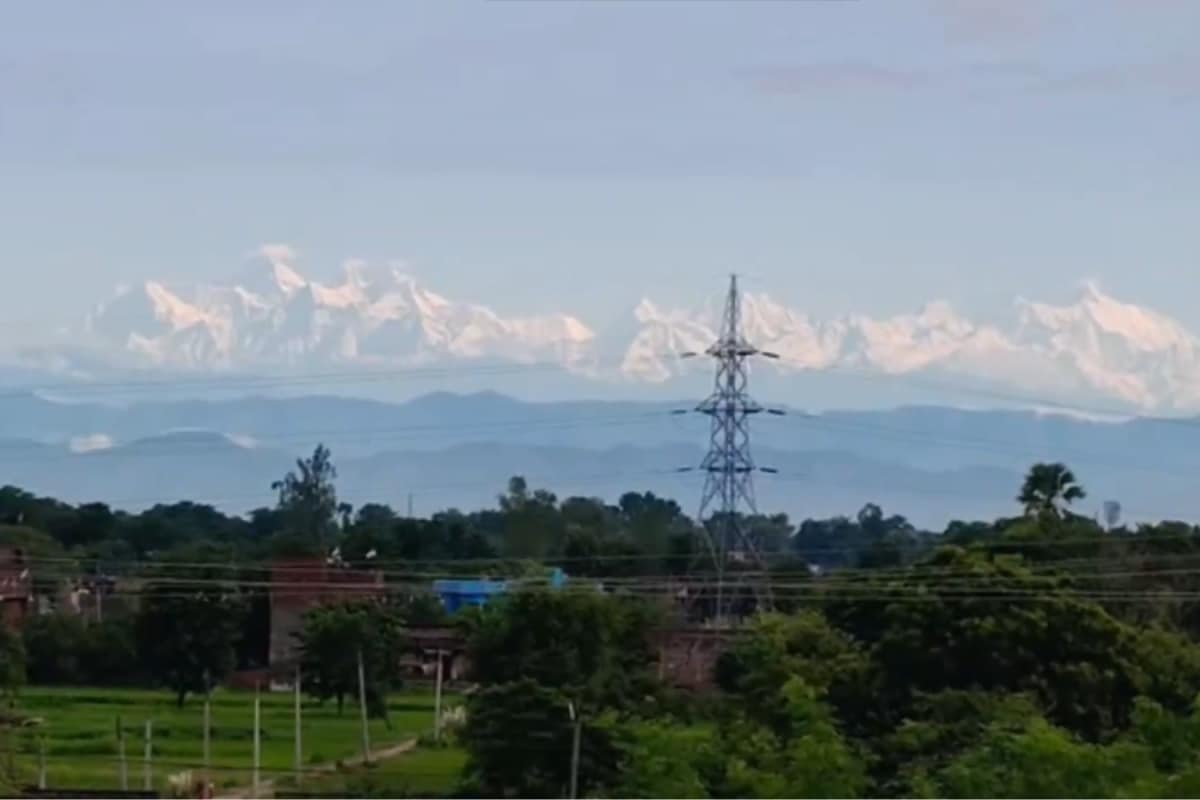Introduction to Sapta Puri
The 'Sapta Puri' represents seven significant cities in India, each possessing a unique religious and historical importance. These cities are considered
sacred by Hindus, believed to offer spiritual liberation and enlightenment. These destinations are not just geographical locations but also gateways to spiritual experiences, drawing pilgrims and travelers seeking inner peace. The selection of these cities is rooted in religious scriptures and traditions, portraying them as places where the divine presence is palpable. Visiting these locations is considered a meritorious act for believers, often undertaken to cleanse sins and attain a deeper understanding of spirituality. Furthermore, they are focal points of various Hindu traditions and are important for performing specific rituals and observances. Each city embodies a different aspect of Indian culture and provides a blend of spiritual, historical, and cultural experiences.
Ayodhya: Birthplace of Rama
Ayodhya, located in Uttar Pradesh, is revered as the birthplace of Lord Rama, the central figure in the epic Ramayana. The city holds immense religious significance for Hindus, who consider it a prime pilgrimage site. The city's identity is deeply rooted in the narrative of Rama's life, with numerous temples and sacred sites dedicated to him and his family. Ayodhya's spiritual aura is reinforced by the belief that visiting this city can lead to spiritual purification and blessings. Throughout history, Ayodhya has witnessed the rise and fall of empires, each leaving an imprint on its cultural landscape. The city is experiencing a renaissance, with efforts focused on reviving its historical and cultural heritage, making it an even more attractive destination for both pilgrims and tourists. The construction of a grand Ram temple is a central development, poised to revitalize the city and enhance its prominence on the religious map of India.
Mathura: Krishna's Land
Mathura, in Uttar Pradesh, is famed as the birthplace of Lord Krishna, the deity widely worshipped in Hinduism. The city is dotted with temples and holy sites that commemorate the various phases of Krishna's life, from his birth to his playful childhood. Pilgrims and devotees visit Mathura to participate in religious festivals, especially during Janmashtami, which celebrates Krishna's birth. The cultural importance of Mathura extends beyond religion, with a rich artistic tradition, including music, dance, and literature, which are rooted in Krishna's tales. The atmosphere in Mathura offers a sense of devotion, where traditional practices are very much alive. Visiting the various temples within the city allows devotees to immerse themselves in Krishna's devotional traditions. The vibrant cultural celebrations, along with the spiritual ambiance, render Mathura a significant destination for individuals looking to deepen their religious understandings.
Haridwar: Gateway to Gods
Haridwar, nestled in Uttarakhand, is located where the Ganges River emerges from the Himalayas, making it a highly sacred city for Hindus. The name 'Haridwar' translates to 'Gateway to God,' reflecting its position as a major pilgrimage site. The city is known for its numerous ghats, where devotees take holy dips in the Ganges, seeking spiritual cleansing and blessings. The evening Ganga Aarti, a ritual of offering light to the river, is a major event that attracts numerous devotees and tourists. Haridwar's spiritual essence is strongly intertwined with the belief that bathing in the Ganges can wash away sins. Haridwar also acts as a gateway to the Char Dham Yatra, a pilgrimage circuit encompassing four significant religious sites in the Himalayas. The Kumbh Mela, held every 12 years, is another large event that draws millions of devotees to Haridwar, making the city a hub of spirituality.
Kashi: City of Light
Kashi, or Varanasi, located in Uttar Pradesh, is frequently called the 'City of Light' and is one of the oldest continuously inhabited cities in the world. The city is renowned for its ancient temples and ghats along the Ganges River, acting as a significant spiritual center. Varanasi is considered a place of salvation and is often where Hindus go to pass away, believing it helps them attain moksha, or liberation from the cycle of rebirth. The ghats of Varanasi host various rituals and ceremonies, including the famous Ganga Aarti, making the place a unique spiritual experience. The cultural significance of Varanasi is evident in its music, art, and literature, influenced by its long history. The city's ambiance, marked by the chanting of mantras, the fragrance of incense, and the constant activity on the ghats, creates a sense of spiritual connectedness. Varanasi is a place where ancient traditions live on, providing a profound experience of India's spiritual and cultural depth.
Ujjain: City of Mahakal
Ujjain, located in Madhya Pradesh, is known for being home to the Mahakaleshwar Jyotirlinga temple, one of the twelve Jyotirlingas, representing the divine light of Lord Shiva. The city is a prominent pilgrimage site and has a rich history, with references in ancient scriptures and historical texts. Ujjain hosts the Simhastha Kumbh Mela, a significant religious festival held every twelve years, attracting millions of devotees. The city is known for its association with the revered sage, Kalidasa, and has long been a hub for learning and culture. The spiritual environment in Ujjain is palpable, particularly around the temples and sacred sites, with ancient rituals and practices. Ujjain is also associated with the mythological story of Samudra Manthan, where gods and demons churned the ocean for the elixir of immortality, making it a significant spot for spiritual practitioners. This city is an important destination for those seeking a deeper understanding of Hinduism and its history.
Dwarka: Krishna's Kingdom
Dwarka, in Gujarat, is considered the ancient kingdom of Lord Krishna. The city is famous for the Dwarkadhish Temple, a significant pilgrimage site for Hindus. Dwarka is believed to have once been a prosperous city, submerged by the sea, and is now a center of faith and cultural importance. The coastal city of Dwarka offers a serene environment combined with historical significance, attracting both pilgrims and tourists. The marine environment has provided the opportunity to explore the remnants of the ancient city, enhancing its appeal. Dwarka is also connected to the other aspects of Krishna's life and tales, creating a devotional connection for believers. The city blends its rich past with its present religious environment, offering a unique experience. Exploring Dwarka gives insights into the history and culture of Krishna's reign, enriching the spiritual experience.









